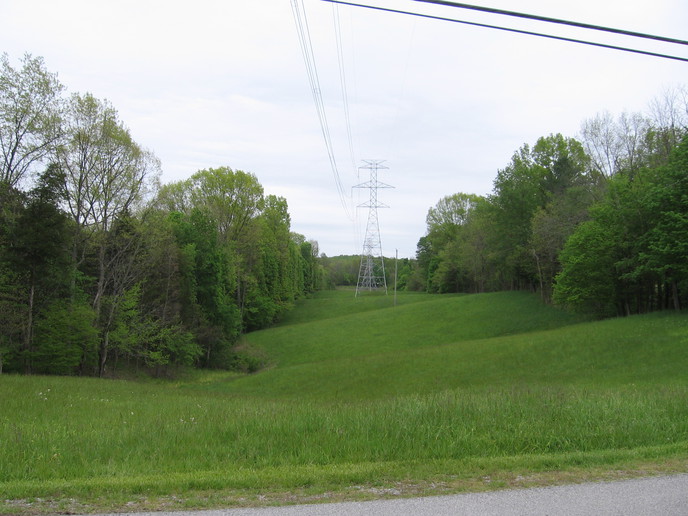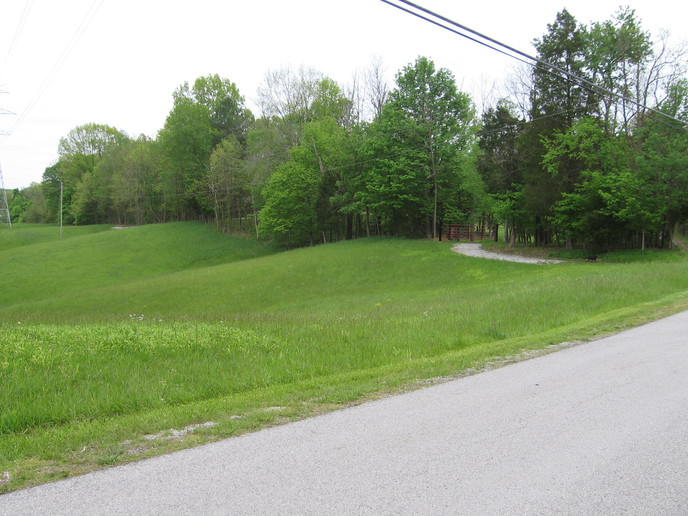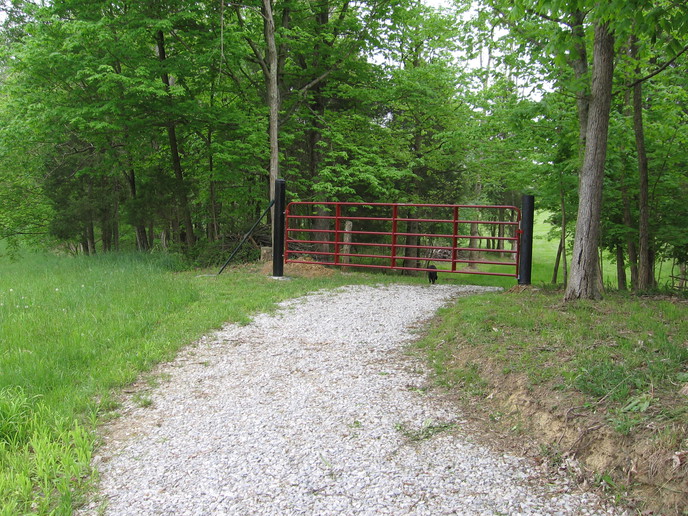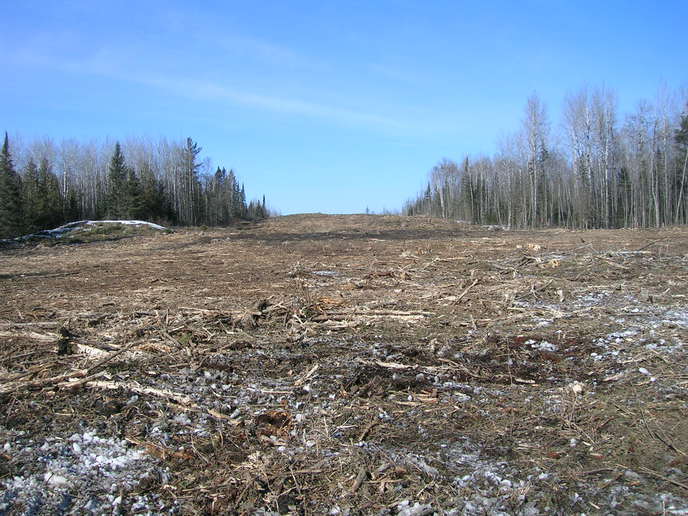Ellis Kinney
Well-known Member
Duke Energy has a power line right of way across my property. As you can see from the first picture it is hilly and difficult for equipment to get to the tower on my property or the tower on my neighbor's property. My hay field is flat and easy to drive through. Last summer during the annual tree trimming and bush hogging of the right of way the trimming crews drove through my hay field once again to get to the towers just before I mowed hay. Skid steers back and forth. When I confronted the foreman he said "what is a hay field".
I have installed a gate to try to eliminate machinery traffic. I know it can be torn down. Bolt cutters, battery operated grinders, cutting torch.
Did I just waste my time? The right of way is supposed to be for access, not my hay fields.



I have installed a gate to try to eliminate machinery traffic. I know it can be torn down. Bolt cutters, battery operated grinders, cutting torch.
Did I just waste my time? The right of way is supposed to be for access, not my hay fields.





